Farming in India varies greatly across its diverse states, each with unique cultivation costs. Our state-wise calculator offers a comprehensive guide to understanding these expenses per acre. This tool is designed for farmers and agricultural enthusiasts to estimate the investment needed for different crops in various regions. It’s an essential resource for strategic planning and budgeting in Indian agriculture, making financial decisions clearer and more informed.
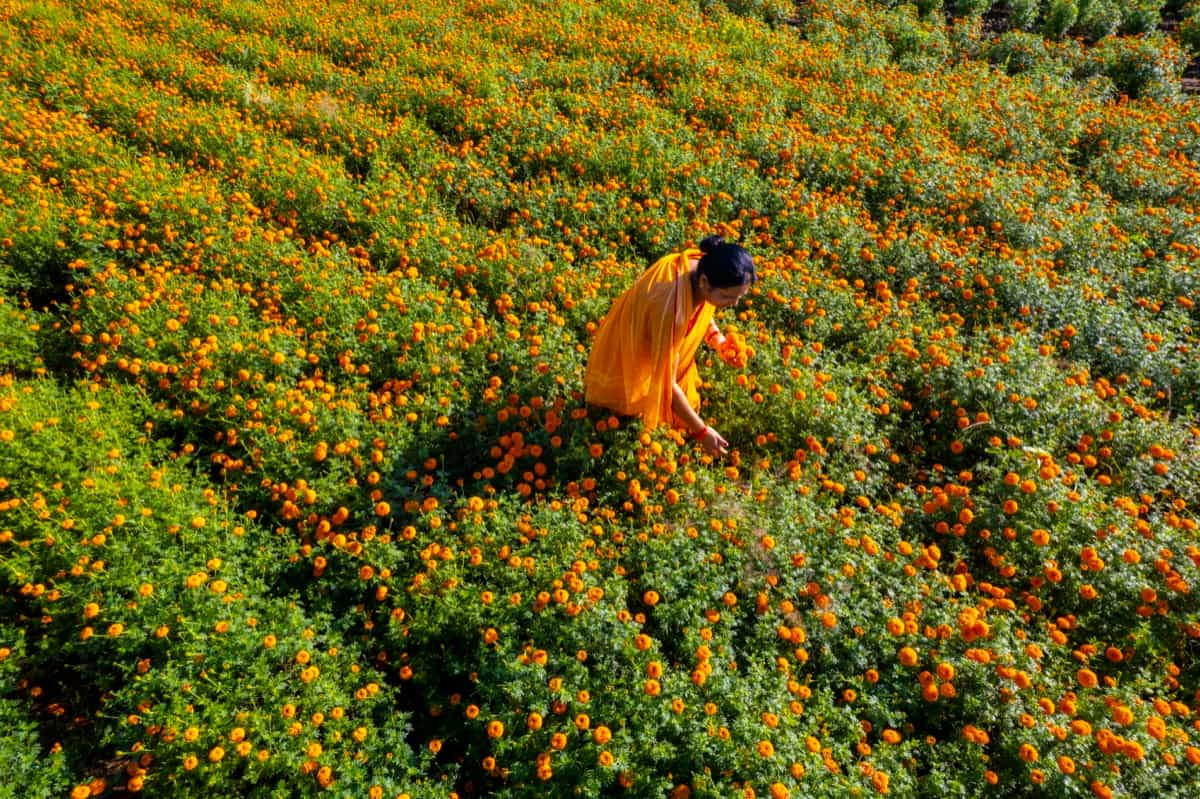
What is the Cost of Farming Per Acre?
The cost of farming per acre varies significantly based on the crop, location, and farming practices. It includes all expenses, from the preparation of land to harvesting. Several factors, including the type of crop, the geographical region, and the farming methods employed, influence these costs. For instance, the cost of cultivating paddy in Punjab may differ markedly from that in Tamil Nadu due to differences in soil type, climate, and labor costs.
Factors Affecting the Cost of Farming Per Acre
- Type of Crop: Different crops require varying levels of inputs, labor, and care. For instance, high-value crops like fruits and vegetables typically incur higher costs due to more intensive labor and input requirements.
- Local Input Prices: The cost of seeds, fertilizers, and pesticides can vary significantly across regions.
- Labor Costs: Regions with higher wages for agricultural laborers will see increased farming costs.
- Land Quality and Irrigation Facilities: High-quality land with good irrigation facilities can reduce the need for additional inputs, thereby reducing costs.
- Farming Techniques: Organic farming or the use of high-tech farming equipment can also influence the overall cost.
Analyze the Economic Impact of Farming Per Acre
The cost of cultivation encompasses the expenses incurred up to the harvest stage, including all factor costs like seeds, fertilizers, labor, and machinery. In contrast, the cost of production extends to include costs up to the point of marketing the produce, accounting for additional expenses like storage, transportation, and marketing.
- Per Hectare Cost of Production: This is calculated by dividing the total cost by the area under cultivation (in hectares). It reflects the average cost incurred for producing a crop on one hectare of land.
- Per Quintal/Tonne Cost of Production: This metric is determined by subtracting the value of by-products from the total cost and then dividing by the quantity of the main produce (in quintals or tonnes). It gives an insight into the cost incurred for producing one quintal or tonne of the main crop.
- Profit at Cost A (Farm Business Income): This is the difference between gross returns and Cost A, offering an estimate of returns on investment and profit.
- Profit at Cost B (Family Labour Income): By subtracting Cost B from gross returns, this measure provides an insight into the income accruing to the farmer for their labor and profit.
- Profit at Cost C (Net Income): This is the residual income after deducting Cost C from gross returns, representing the pure profit earned by the farmer.
- Cost-Benefit Ratio: This ratio, calculated as gross income divided by Cost C, helps in understanding the profitability of farming.
- Cropping Intensity: Expressed in percentage, it is calculated by dividing the gross cropped area by the net area and then multiplying by 100. This measure indicates the extent of crop cultivation relative to the available agricultural land.
In case you missed it: Sunflower Weed Management: How to Control with Organic, Cultural, IPM, and Biological Practices
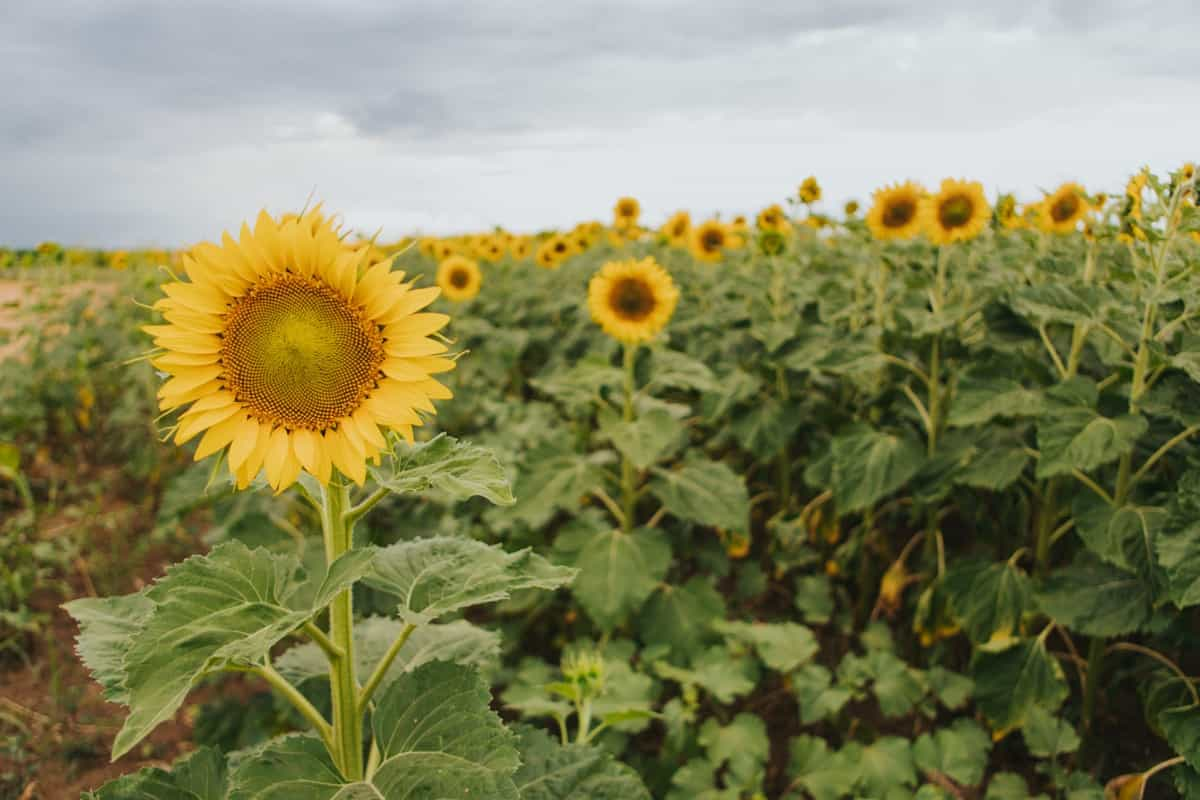
Comparative Analysis of Farming Costs Per Acre
The cost of cultivation (COC) of crops varies across states and over time due to changes in input prices, technology, and cropping patterns. The COC is an important indicator of the profitability and sustainability of agriculture. Directorate of Economics and Statistics, the COC for ten major crops in India.
| Crop | Cost of Production (Rs./quintal) | Yield (quintal/acre) | Gross Returns (Rs./acre) |
| Rice | 2,408 | 19.8 | 47,678 |
| Wheat | 1,174 | 14.7 | 17,260 |
| Maize | 1,223 | 20.5 | 25,072 |
| Bajra | 1,481 | 9.8 | 14,431 |
| Jowar | 2,118 | 7.4 | 15,653 |
| Ragi | 2,571 | 9.6 | 23,481 |
| Gram | 3,798 | 6.8 | 25,832 |
| Tur (Arhar) | 5,133 | 4.9 | 25,152 |
| Groundnut | 4,892 | 9.7 | 47,263 |
| Cotton | 6,462 | 5.1 | 31,311 |
Evaluate Operational Expenses in Farming Per Acre
Operational expenses are the recurring costs that farmers incur for running their farm operations. They include costs such as plowing, sowing, weeding, harvesting, threshing, transportation, and storage. These costs vary depending on the type of crop, the size of the farm, the availability of labor and machinery, and the location of the farm.
According to a study by the National Bank for Agriculture and Rural Development, the average operational cost of farming per acre in India was Rs 18,059 in 2019-20. However, this cost can be much higher/ lower depending on the crop and the region. Rice and crops grown in hilly or remote areas have higher operational costs than wheat due to their intensive water and labor requirements.
Farmers can evaluate their operational expenses per acre by tracking all activities and inputs, recording costs using tools like farm diaries, mobile apps, or online platforms, and comparing their costs with other farmers or benchmark data from government agencies or research institutions. This helps identify areas for cost reduction or efficiency improvement.
Calculate the Total Cost of Inputs in Farming Per Acre
Inputs are the essential materials that farmers use for growing their crops. They include costs such as seeds, fertilizers, pesticides, irrigation water, and electricity. These costs vary depending on the type of crop, the quality of inputs, the source of inputs, and the level of input use. According to NABARD, the average cost of inputs in farming per acre in India was Rs 12,387 in 2019-20. However, this cost can be higher or lower depending on the crop and the region.
In case you missed it: The Growing Trend of Urban Terrace Gardening in India for Healthy Living and Sustainability
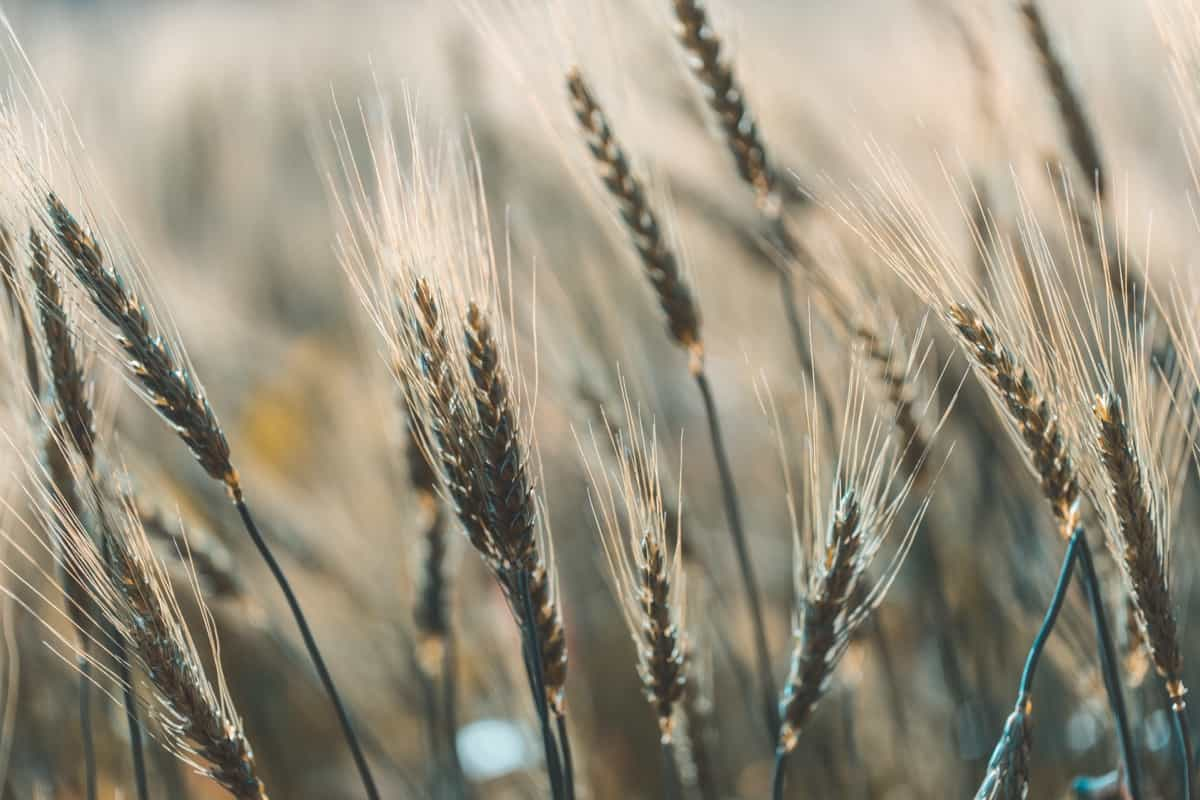
Cotton and millet have higher input costs due to intensive fertilizer and pesticide use, while crops grown in irrigated areas have higher water and electricity costs. Farmers need to track all inputs and record their costs using tools like receipts, bills, or vouchers. Comparing their costs with other farmers or benchmark data from government agencies or research institutions can help identify areas for cost reduction or quality improvement.
Assessing Labor Costs in Farming Per Acre
Labor costs include the wages paid to hired workers, as well as the opportunity cost of family labor. The opportunity cost is the income that could have been earned if the family laborer was employed elsewhere. To assess the labor costs per acre, we need to multiply the number of labor days required for each crop by the average wage rate per day. For example, if wheat requires 40 labor days per acre and the average wage rate is Rs. 300 per day, then the labor cost per acre is Rs. 12,000.
Understand Machinery and Equipment Costs in Farming Per Acre
Machinery and equipment costs include the depreciation, interest, repair, maintenance, fuel, and lubricants of tractors, harvesters, pumps, and other machines used for farming. To understand the machinery and equipment costs per acre, we need to divide the annual total cost of each machine by the number of acres it is used for. For example, if a tractor costs Rs. 5 lakh per year and is used for 100 acres, then the machinery cost per acre is Rs. 5,000.
Estimate Seed and Fertilizer Expenses in Farming Per Acre
Seed and fertilizer expenses include the cost of purchasing seeds and fertilizers, as well as the price of applying them to the fields. To estimate the seed and fertilizer expenses per acre, we need to multiply the quantity of seeds and fertilizers required for each crop by their respective prices per unit. For example, if rice requires 40 kg of seeds per acre and 200 kg of fertilizers per acre, and the price of seeds is Rs. 50 per kg, and the price of fertilizers is Rs. 20 per kg, then the seed and fertilizer expense per acre is Rs. 5,000.
Measure Irrigation and Water Management Costs in Farming Per Acre
Irrigation and water management costs include the cost of water sources, such as wells, canals, tanks, or ponds, as well as the cost of electricity or diesel for pumping water. To measure the irrigation and water management costs per acre, we need to multiply the amount of water required for each crop by the price of water per unit. For example, if sugarcane requires 2,000 cubic meters of water per acre and the price of water is Rs. 5 per cubic meter, then the irrigation cost per acre is Rs. 10,000.
Economic Considerations for Pest Control and Crop Protection in Farming Per Acre
According to a study by NITI Aayog, the cost of cultivation (COC) for these crops has increased over time due to various factors such as input prices, labor wages, irrigation charges, and interest rates. The study also found that there is a scope for substitution among inputs to reduce the COC and increase the returns. One of the inputs that can be substituted is a pesticide, which has a negative impact on the environment and human health. Pesticide use in India is low compared to other countries, but it could be more efficient and often excessive.
In case you missed it: Cost of Cultivation of Potato Per Acre in India: Exploring from Seed Costs to Market Charges
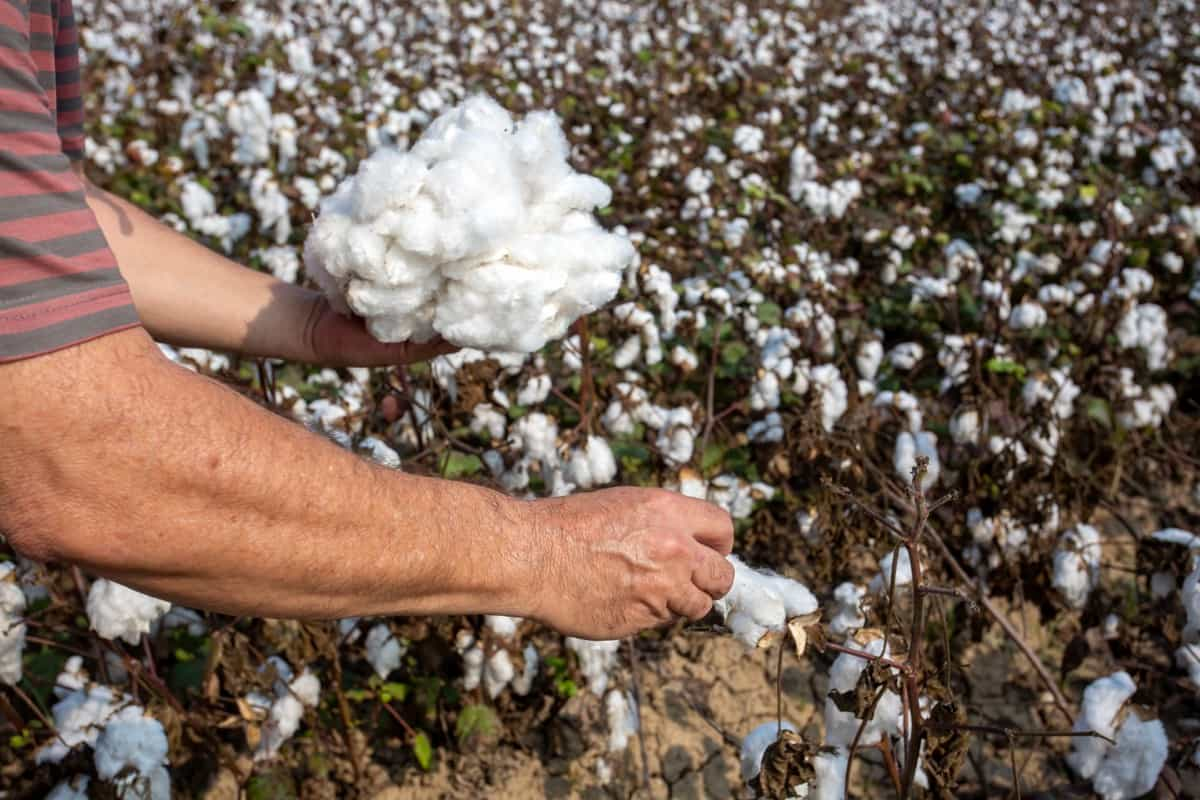
There are alternative methods of pest management and crop protection that can reduce the reliance on pesticides, such as biological control, integrated pest management, cover crops, and traditional practices. These methods can also enhance soil fertility, water quality, biodiversity, and climate resilience. The economic benefits of these methods depend on various factors such as crop type, pest type, location, season, and market conditions. Therefore, farmers need to adopt these methods based on their specific situations and preferences.
Financial Planning for Crop Insurance and Risk Management in Farming Per Acre
Financial planning for crop insurance and risk management is another aspect of farming costs per acre in India. Crop insurance can help farmers cope with the uncertainties and risks of weather, pests, diseases, and market fluctuations. Crop insurance can provide compensation for crop losses or reduced income due to adverse events.
Risk management can help farmers reduce their exposure to risks by adopting practices such as crop diversification, irrigation, soil conservation, and improved storage. However, crop insurance and risk management also involve costs such as premiums, deductibles, co-payments, and opportunity costs. Therefore, farmers need to assess their risk profile and their financial capacity and choose the best options for their situation.
Impact of Market Prices on the Cost of Farming Per Acre
The impact of market prices on the cost of farming per acre in India is another factor that affects the profitability of agriculture. Market prices are determined by the supply, demand of different crops in the domestic and international markets. Market prices can depending on the season, quality, quantity, location, and competition of other crops. Market prices can influence the cost of farming per acre by affecting the revenue and the input costs of farmers.
For example, high market prices can increase the income and the incentive to produce more of a certain crop, but they can also increase the input costs such as seeds, fertilizers, pesticides, and labor. Therefore, farmers need to monitor the market trends and prices of different crops and adjust their production plans accordingly.
Government Subsidies and Support Programs for Farming Costs Per Acre
Government subsidies and support programs for farming costs per acre in India are other factors that can affect the viability of farming. Government subsidies and support programs can provide financial assistance or incentives to farmers for various purposes, such as input subsidies, minimum support prices, crop loans, debt relief, crop insurance, irrigation facilities, extension services, research and development, etc.
In case you missed it: How to Get Rid of Termites in Soil and Plants: Natural and Chemical Control, Solutions, and Treatment
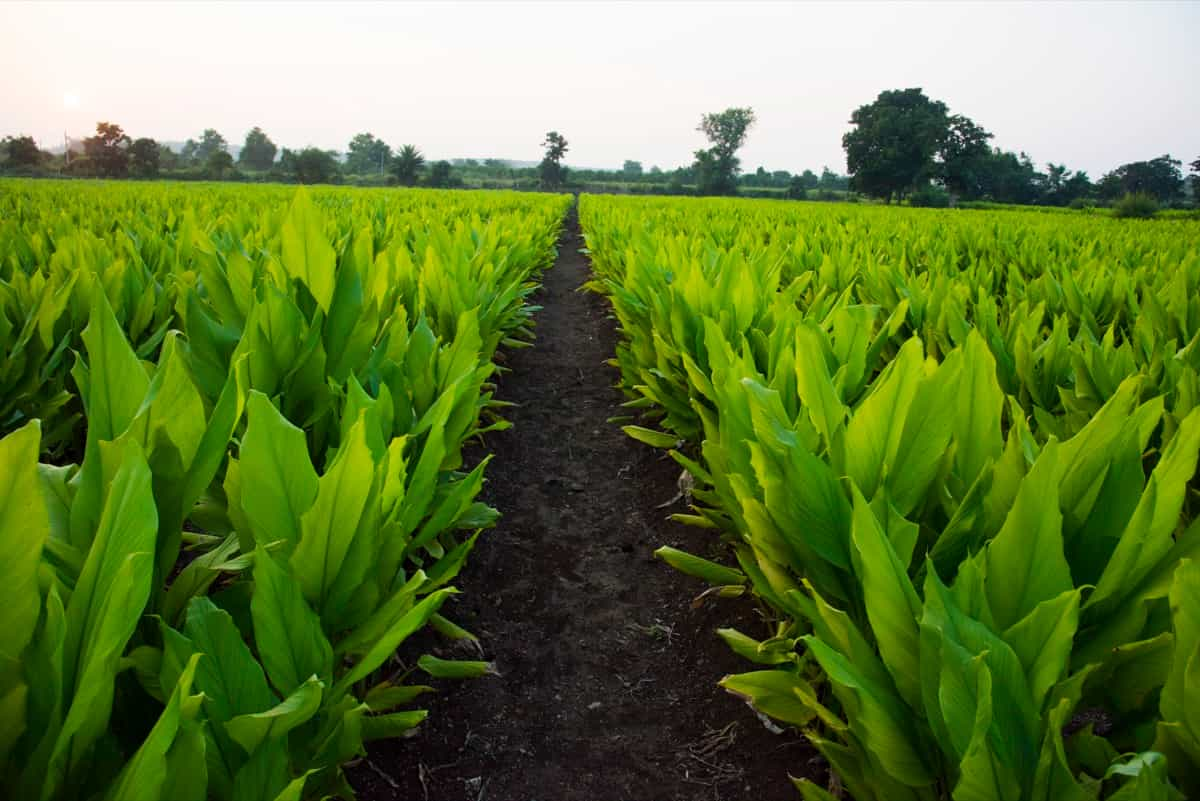
Government subsidies and support programs can reduce the cost of farming per acre by lowering the input costs or increasing the revenue of farmers. However, government subsidies and support programs can also have drawbacks such as fiscal burden, distortion of market signals, environmental degradation, corruption, etc. Therefore, farmers need to be aware of the eligibility criteria, benefits, limitations, and implications of different government subsidies and support programs and use them wisely.
Cost of Farming Per Acre in India in Some Major Crops Details
| State | Paddy (₹/ha) | Cotton (₹/ha) | Maize (₹/ha) | Wheat (₹/ha) |
| Andhra Pradesh | 35,722 | 40,512 | 23,456 | NA |
| Bihar | 31,234 | NA | 21,345 | 18,765 |
| Chhattisgarh | 33,456 | NA | 22,567 | NA |
| Gujarat | NA | 39,876 | NA | 21,345 |
| Haryana | 34,567 | NA | NA | 20,456 |
| Jharkhand | 32,345 | NA | NA | NA |
| Karnataka | 36,789 | 41,234 | 24,678 | NA |
| Madhya Pradesh | NA | 37,890 | 20,890 | 19,890 |
| Maharashtra | NA | 40,123 | 23,123 | NA |
| Odisha | 30,123 | NA | NA | NA |
| Punjab | 36,789 | NA | NA | 22,567 |
| Rajasthan | NA | 38,567 | 21,567 | 20,789 |
| Tamil Nadu | 37,890 | 42,345 | 25,789 | NA |
| Telangana | 34,678 | 41,678 | 23,890 | NA |
| Uttar Pradesh | 33,890 | NA | 22,345 | 19,567 |
In case you missed it: How to Control Pests and Diseases in Strawberry Crop: Causes, Symptoms, Chemical, and Biological Management
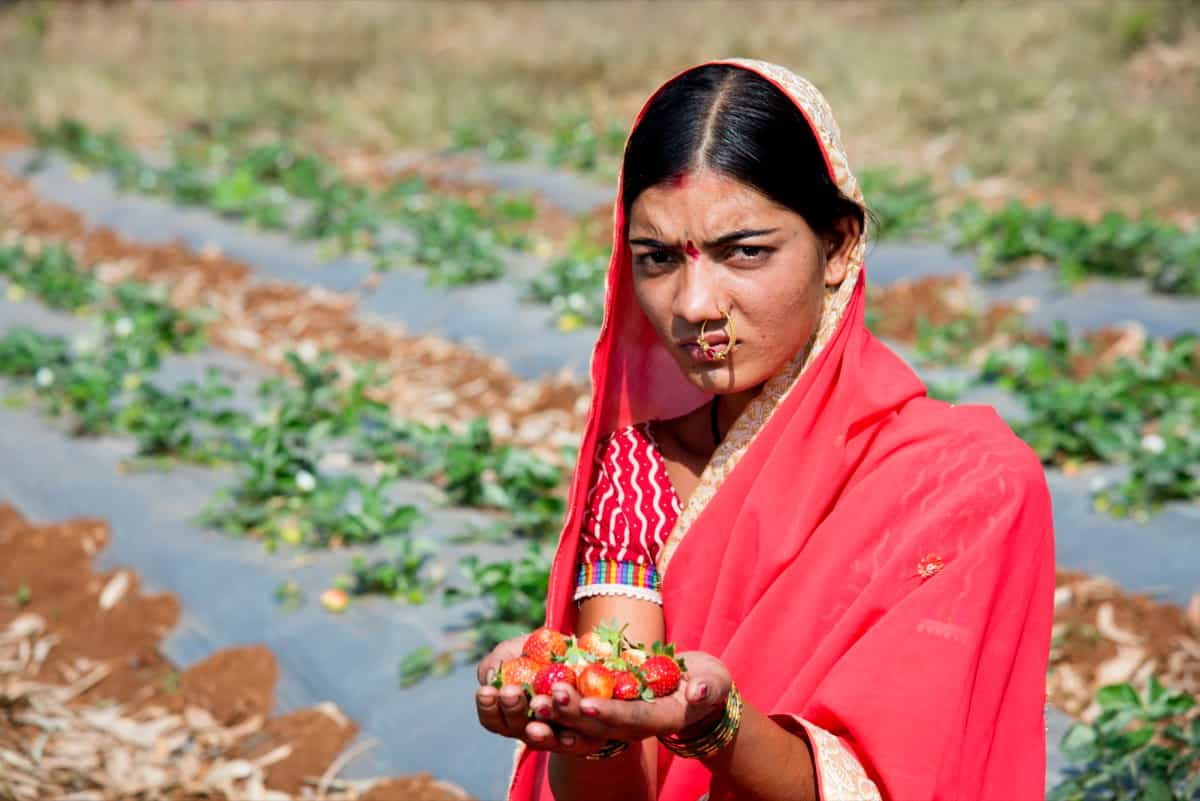
Conclusion
The cost of farming per acre in India varies significantly across states and crops. Factors such as input prices, technology, and regional conditions influence these costs. Farmers need to consider these variations and make informed decisions to optimize their agricultural practices and ensure sustainability.
- Goat Farming Technology: The Future of Goat Husbandry
- How to Build a Low-budget Goat Shed: Cheap Ideas and Tips
- Goat Farming Training Programs in India: A Beginner’s Guide
- Types of Pesticides Used in Agriculture: A Beginner’s Guide
- Economical Aquaculture: A Guide to Low-Budget Fish Farming
- 15 Common Planting Errors That Can Doom Your Fruit Trees
- How to Make Houseplants Bushy: Effective Tips and Ideas
- Innovative Strategies for Boosting Coconut Pollination and Yield
- Pollination Strategies for Maximum Pumpkin Yield
- The Complete Guide to Chicken Fattening: Strategies for Maximum Growth
- Natural Solutions for Tulip Problems: 100% Effective Remedies for Leaf and Bulb-Related Issues
- Revolutionizing Citrus Preservation: Towards a Healthier, Greener Future
- Natural Solutions for Peony Leaf and Flower Problems: 100% Effective Remedies
- Maximizing Profits with Avocado Contract Farming in India: A Comprehensive Guide
- Natural Solutions for Hydrangea Problems: 100% Effective Remedies for Leaf and Flowers
- The Ultimate Guide to Choosing the Perfect Foliage Friend: Bringing Life Indoors
- From Sunlight to Sustainability: 15 Ways to Use Solar Technology in Agriculture
- The Ultimate Guide to Dong Tao Chicken: Exploring from History to Raising
- The Eco-Friendly Makeover: How to Convert Your Unused Swimming Pool into a Fish Pond
- Mastering the Art of Delaware Chicken Farming: Essentials for Healthy Backyard Flocks
- 20 Best Homemade Fertilizers for Money Plant: DIY Recipes and Application Methods
- How to Craft a Comprehensive Free-Range Chicken Farming Business Plan
- Brighten Your Flock: Raising Easter Egger Chickens for Beauty and Bounty
- How to Optimize Your Poultry Egg Farm Business Plan with These Strategies
- Subsidy for Spirulina Cultivation: How Indian Government Schemes Encouraging Spirulina Farmers
- Ultimate Guide to Raising Dominique Chickens: Breeding, Feeding, Egg-Production, and Care
- Mastering the Art of Raising Jersey Giant Chickens: Care, Feeding, and More
- Ultimate Guide to Raising Legbar Chickens: Breeding, Farming Practices, Diet, Egg-Production
- How to Raise Welsummer Chickens: A Comprehensive Guide for Beginners
- How to Protect Indoor Plants in Winter: A Comprehensive Guide
- Ultimate Guide to Grow Bag Gardening: Tips, Tricks, and Planting Ideas for Urban Gardeners
- Guide to Lotus Cultivation: How to Propagate, Plant, Grow, Care, Cost, and Profit
- Agriculture Drone Subsidy Scheme: Government Kisan Subsidy, License, and How to Apply Online
- Ultimate Guide to Raising Araucana Chickens: Breed Profile, Farming Economics, Diet, and Care
- Bringing Hydroponics to Classroom: Importance, Benefits of Learning for School Students
- Ultimate Guide to Raising Polish Chickens: Breed Profile, Farming Economics, Diet, and Care